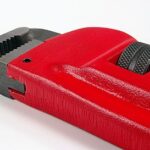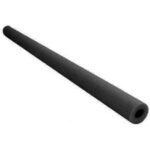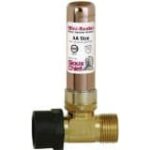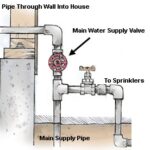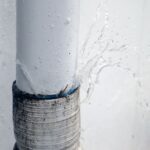How do you keep your home’s plumbing system from breaking down or needing major repairs? Here is expert advice for the biggest plumbing mistakes to avoid.
1. Flushing “flushable wipes”
2. Pouring grease down the drain
3. Choosing the wrong drain cleaner
4. Improper use (or failing to use) thread sealant tapes
5. Improper use of a garbage disposal
6. Not knowing the location of water shutoff valves
7. Failing to winterize pipes before winter
8. Over-tightening pipe connections
How do you keep your home’s plumbing system from breaking down or needing major repairs? Here is expert advice for the biggest plumbing mistakes to avoid.
Our actions can be the biggest threat to our home plumbing system. If you wash the wrong things down the garbage disposal or do a poor DIY job, you could be risking an expensive repair or a plumbing emergency down the line. Read this article for advice on avoiding common plumbing mistakes, and ways to prevent damaging your home plumbing system.
1. Flushing “flushable wipes”
Ask any plumber how they feel about “flushable wipes,” and they will tell you these disposable wipes are every plumber’s nightmare. Don’t flush them down the toilet!
Why? Because they are likely to create a partial blockage in the drain and, as more go down your sewer line, they can become compacted over time to create a complete drain clog. When this happens, the home’s drain system becomes completely backed up.
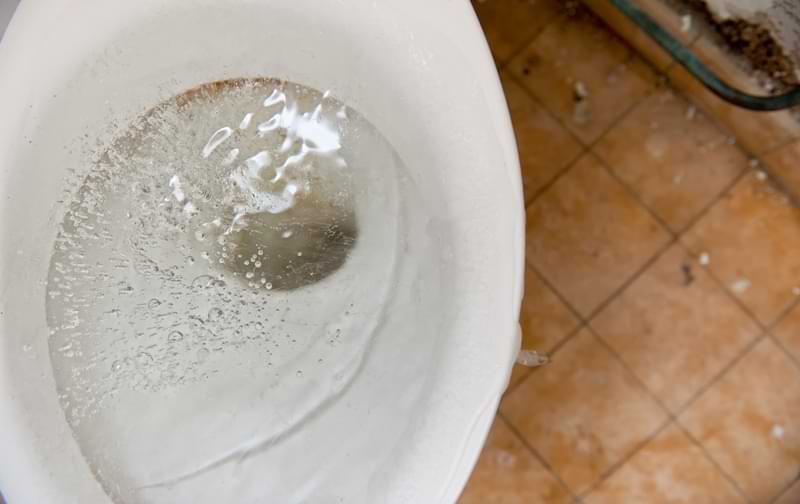
Water rising up your drains and other fixtures like toilets, bathtubs or washing machines indicates a full blockage. If a flushable wipe lodges further down the line, other fixtures in the home might back up, too.
Removing this type of clog can cost homeowners upwards of $500.
A general rule of thumb? If it isn’t toilet paper, don’t flush it.
2. Pouring grease down the drain
After cooking with a hot pan of grease, the worst thing you can do to your drain pipes is to pour the grease down the kitchen-sink drain. As the grease solidifies in the cooler faucet water, it will stick to the walls of the drain pipes and a thick, gunky blockage will begin to build.
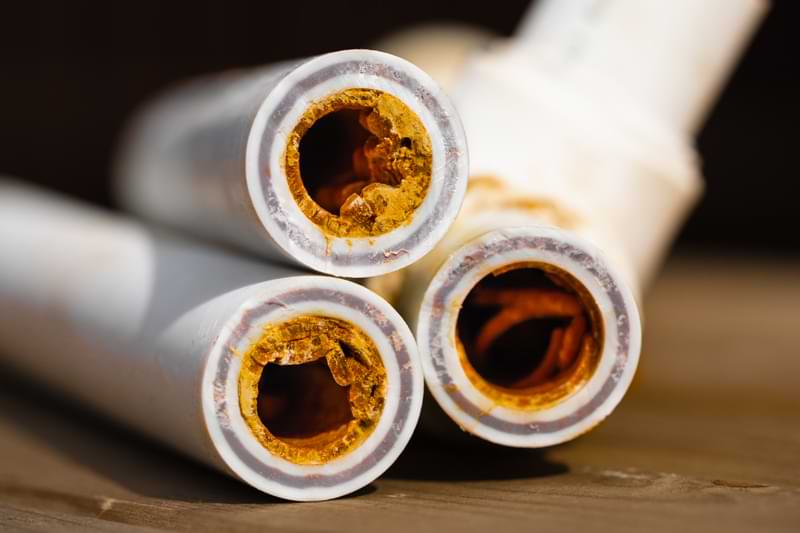
When this happens, a drain line needs to be “hydro-jetted” to clear the blockage—where a plumber blasts high-pressure water through your pipes at a cost of $200 to $500. Instead, pour the cooking grease and oil into a container and dispose of it according to the recommendations of your local waste-removal service.
3. Choosing the wrong drain cleaner
When trying to open a clogged drain, the first and fastest fix for most homeowners is to use a liquid drain cleaner that dissolves the blockage.
When there is a total drain blockage, people tend to go with the most powerful acidic liquid drain cleaner they can find. In some situations, this can actually cause damage. Aggressive drain cleaners should not come in contact with fixtures because they can remove or etch the porcelain or stainless steel. A better solution is to snake the drain or call a plumber.
Nonetheless, drain cleaners can work if used properly in certain cases. But use the right one for the type of drain you are trying to clean.
For kitchen blockages, use a drain cleaner that will remove the fat and grease that gets into the drain.
For bathrooms, use something formulated for soap scum and hair that is commonly found in that type of drain. Also be aware that most chemical cleaners need at least some flow so the acid solution can reach the blockage. In some cases, it’s necessary to mechanically clear the block with a plunger or plumbing auger (snake) so the chemicals can effectively flow through the sewer line and adhere to the blockage.
Always follow safety precautions when using drain cleaning chemicals—caustic cleaners can be hazardous. Read all label directions carefully before using a product, have proper PPE available, and avoid contact with your skin, eyes, or clothing.
4. Improper use (or failing to use) thread sealant tapes
When you want to change out a shower head or connect threaded metal pipes, use thread sealant tape and—wind it properly—to seal the joint and make the connection easier to disassemble in the future if required.
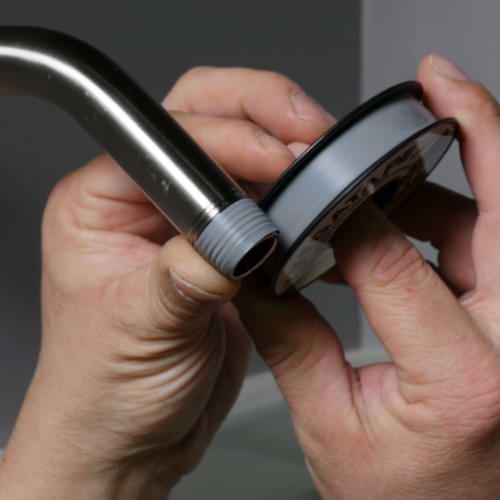
Wrap the sealant tape clockwise around the threads with 3 to 5 revolutions. If you wrap it the wrong direction, the sealant tape will unravel when you screw on the shower head or pipe fitting. When this happens, the connection may leak, leading to expensive water damage over time.
Using a grey color tape as shown in the photo will match the fixture’s finish and be less visible. Knowing how to select and apply the right tape for a specific project will save you costly plumbing fixes in the future.
5. Improper use of a garbage disposal
Throwing potato skins down the garbage disposal may make kitchen clean-up easier, but the thick, starchy mess could cause some serious damage to the garbage disposal or your pipes over time.
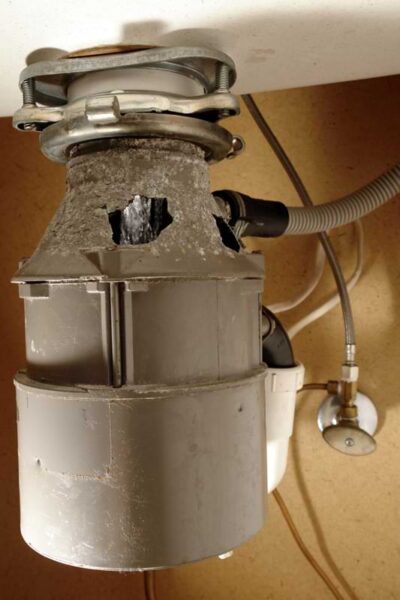
The grinder in the garbage disposal chops up waste into manageable sizes and then disposes of it down your drain system. When this system is abused, it can lead to thick blockages and is environmentally unsound. For information about basic garbage disposal care and repair, see How to Fix a Garbage Disposal – DIY Repair.
6. Not knowing the location of water shutoff valves
In an emergency situation, such as an unexpected pipe burst, it is important to know how to turn off your water. You also need this information when you switch out fixtures in the kitchen or bathroom. For information about where you can find your home’s shutoff valves, see How to Turn Off the Water to Your House or a Single Fixture.
You can find the main water shutoff close to where the main water supply pipe enters the home. Each sink or toilet usually has shutoff valves on the supply tubes that serve it (commonly they are directly below the fixture).
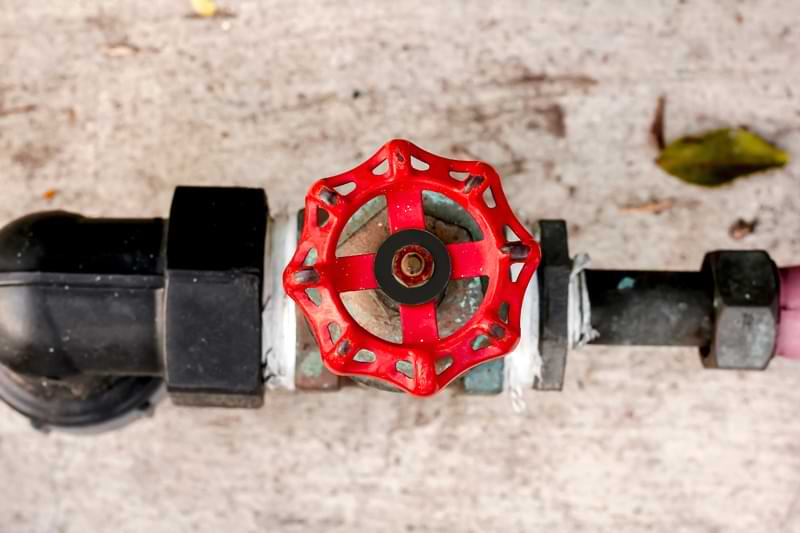
When valves are installed they typically sit idle for a long time until they are used. Since they are not turned on regularly, it’s important to turn them off and on about once a year to keep them from seizing up.
7. Failing to winterize pipes before winter
Winterizing pipes involves a series of steps that prepare a home’s interior and exterior plumbing to withstand below-freezing temperatures without freezing. This protects against devastating pipe bursts and leaks.
As water freezes and becomes ice, it expands. The expansion quickly builds pressure within pipes that can eventually burst the pipes.
For more, see Winterizing Home Irrigation.
8. Over-tightening pipe connections
When installing under-sink pipes or plumbing fixtures, don’t over-tighten the joints. These pipe connections don’t require much force to seal. Over-tightening can damage the internal seals and make for a difficult repair job later.
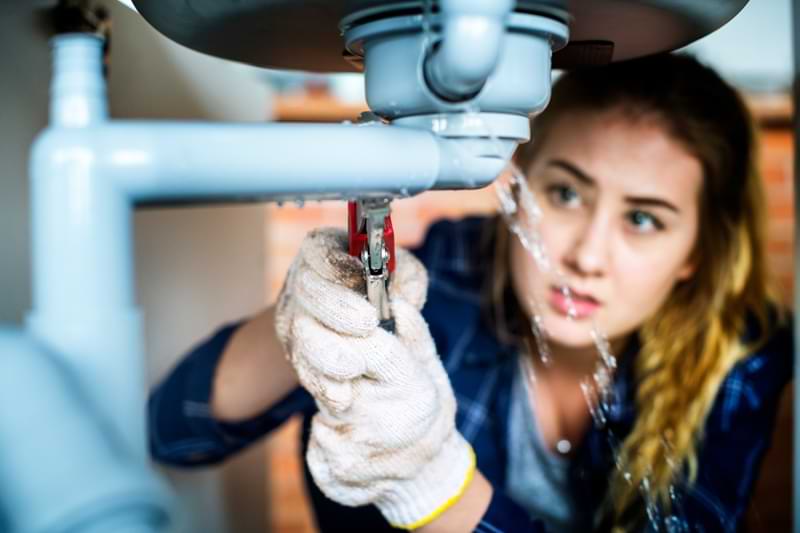
Hand tightening followed by a ¼ to ½ turn with a wrench is sufficient for water supply line connections feeding the majority of fixtures in a home. One answer is to err on the side of under-tightening, and then test the connection. If a leak occurs, you can always tighten the connection more.
About the author: Sean Comerford is a Technical Customer Service Specialist at Oatey Co. He is third-generation tradesman with nearly 20 years of plumbing experience, including serving as the lead plumber for commercial/residential new construction, service and fire protection jobs. He holds a State of Ohio Fire Protection License for Sprinkler and Standpipe.





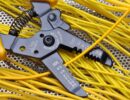
 Don Vandervort writes or edits every article at HomeTips. Don has:
Don Vandervort writes or edits every article at HomeTips. Don has:
